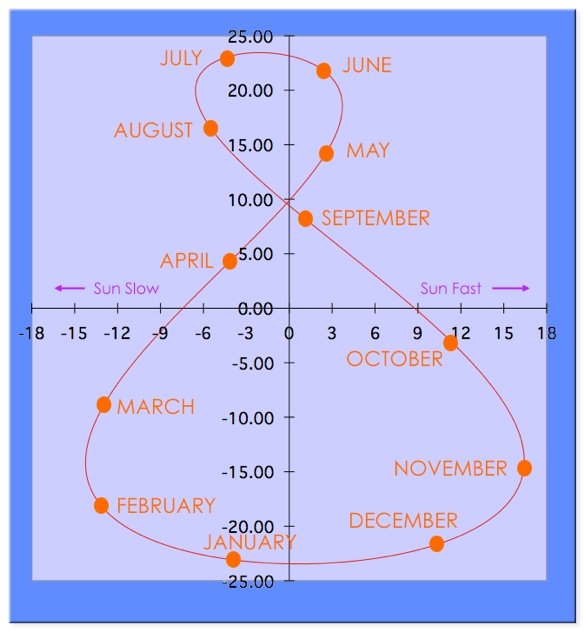
This animation shows how the polarisation of sunlight reflected by the #Dimorphos asteroid changed after the impact of NASA’s #DART spacecraft. At the beginning of the video, unpolarised sunlight, represented by wiggly blue lines oscillating in random directions, ... 1/
... is reflected off the surface of the asteroid. In so doing it becomes polarised, the reflected waves now oscillating along a preferred direction. The indicator on the lower right shows the degree of polarisation of the reflected sunlight. 2/
The DART impact ejected a cloud of debris, and after the collision the amount of polarisation dropped, as seen with the FORS2 instrument on ESO’s Very Large Telescope. This drop in polarisation could be due to the exposure of more pristine material from the interior of ... 3/
... Dimorphos, or the ejection of small particles produced during the impact. 4/4
Credit: ESO/M. Kornmesser
Credit: ESO/M. Kornmesser
• • •
Missing some Tweet in this thread? You can try to
force a refresh
 Read on Twitter
Read on Twitter





